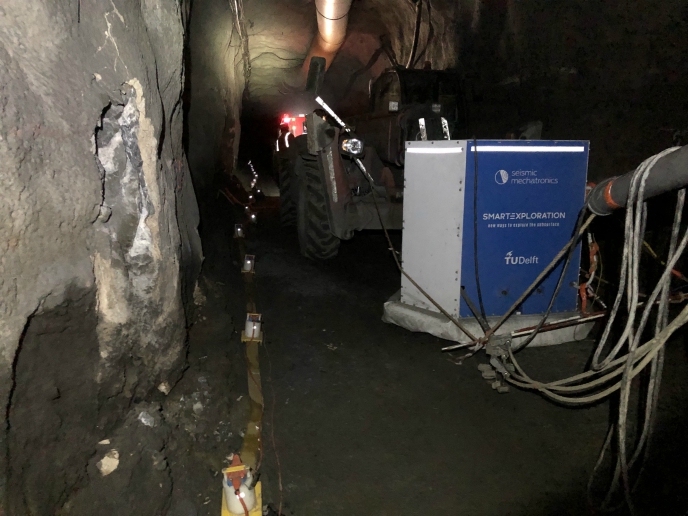Geometry in error-correcting software
Geometric objects can be viewed as projective systems or dual projective systems of points, and they therefore correspond to specific types of linear codes. These codes are deeply involved in the process of transmission of information, to protect it against errors occurring during the process. Linear error-correcting codes are fundamental in the transmission of digital information. The purpose of the FACE (Finite and algebraic geometry for error correction) project was to study and develop connections between coding theory and non-linear geometric objects in Galois spaces, using both theoretical and computational methods. The study primarily focused on particular types of non-linear geometric objects: arcs (the geometrical counterparts of error-correcting linear codes), (n,r)-arcs and caps. Project papers have been published on functional codes arising from the intersections of algebraic hypersurfaces of small degree with a non-singular quadric, and on bounds on the number of rational points of algebraic hypersurfaces over finite fields. Another paper has been submitted concerning configurations of hyperplanes in finite projective spaces: this topic is related to the determination of codewords of small weight in Reed-Muller codes. The team also investigated infinite families of small complete arcs in projective spaces and (n,3)-arcs and (n,4)-arcs in projective planes. Families of small complete caps in finite projective spaces were constructed, with computational methods used to construct complete caps in projective spaces of dimension 3. The caps have also been described using algebraic and theoretical methods. Researchers explored families of saturating sets in projective spaces using probabilistic methods. The results of this project will be useful for the scientific community to better understand the link between finite geometry and coding theory, and can be used as a starting point of other constructions or generalisations. Connections with coding theory will be relevant in any field related to the communication of information and the protection of errors occurring during transmission.





